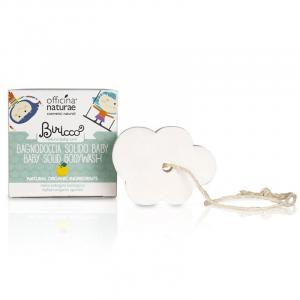Quince (Cydonia oblonga)
Other names: quince, quince, quince, quince, Pyrus cydonia, Cydonia vulgaris
Harm score: 1 (Natural substances)
The quince, also known as quince, quince, quince, quince, Pyrus cydonia or Cydonia vulgaris, is a deciduous tree or shrub native to the Caspian Sea region, especially Iran and Turkmenistan. It is a plant that can be easily grown even in the colder conditions of central Europe. The quince can reach a height of 4 to 6 metres and is popular for its aromatic fruit, known as quince. These have a peculiar oblong shape and can reach up to 15 cm in length. The colour of the fruit is usually golden yellow and the skin is often covered with grey to whitish soft fluff.
Quinces are used in the culinary world for their distinctive and delicious aroma. Although the fruits themselves are hard and not very tasty, once cooked their flavour and consistency improve dramatically. Ripe quinces are used to make jams, marmalades, jellies, compotes or as a garnish for meat. Quince liqueur is also very popular. In traditional medicine, quince is used for its health benefits, for example to relieve indigestion or colds. Quince is also found in the cosmetics industry, where the fruit is used to make face masks, camembert oil or creams. Quince culture has spread all over the world and today the plant is cultivated in many countries, from Europe to Australia.
Quince (Cydonia oblonga) can be found in the following products

Organic rice starch baby powder (100 g) - for bath and changing
Product detail
Children's toothpaste - strawberry BIO (75 ml) - fluoride-free
Product detail
Children's toothpaste - cherry BIO (75 ml) - fluoride-free
Product detail
Children's toothpaste - banana BIO (75 ml) - fluoride-free
Product detail